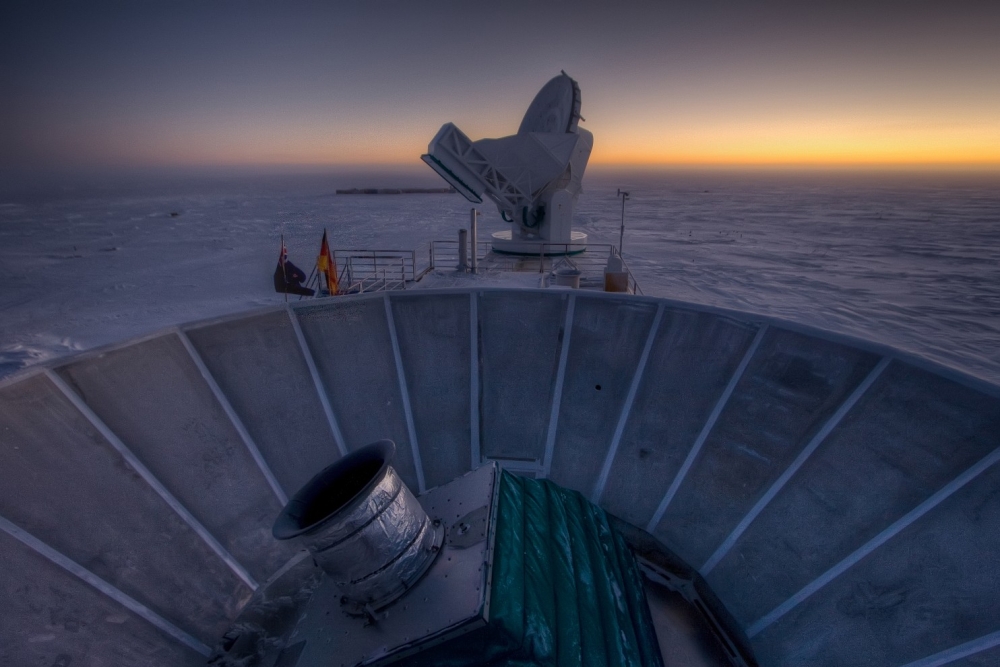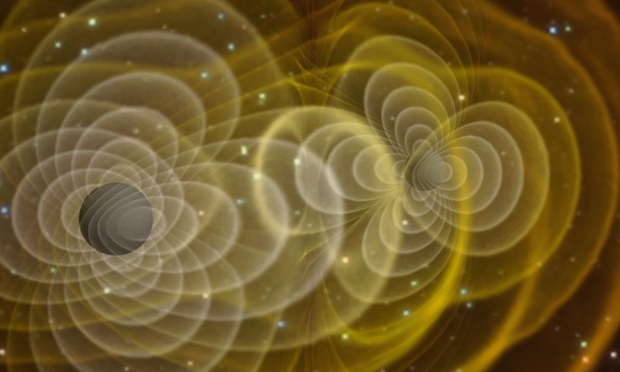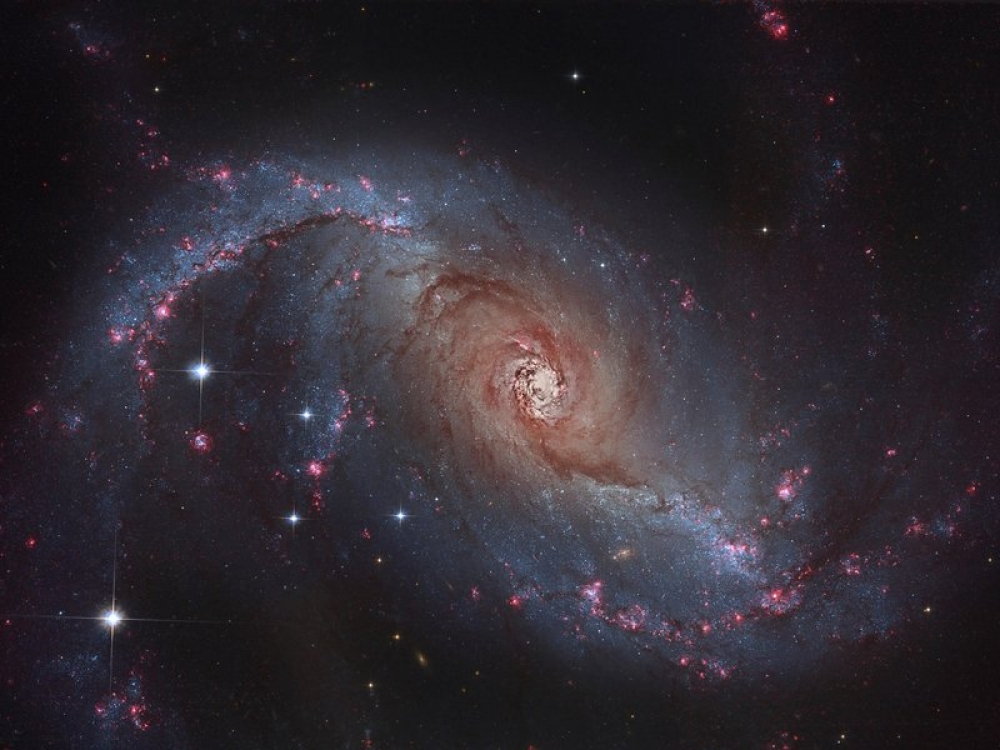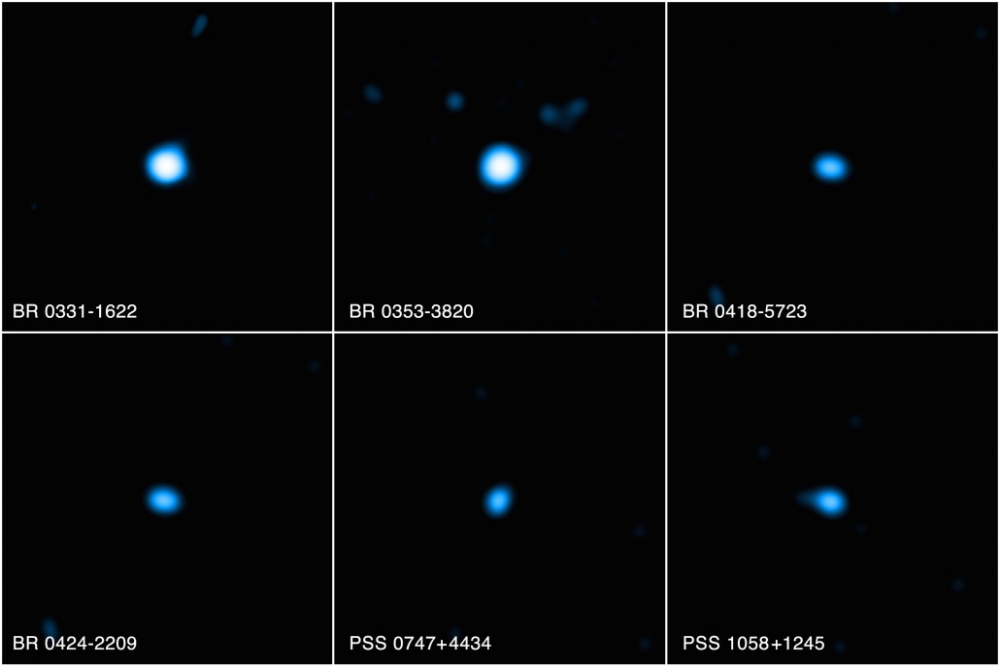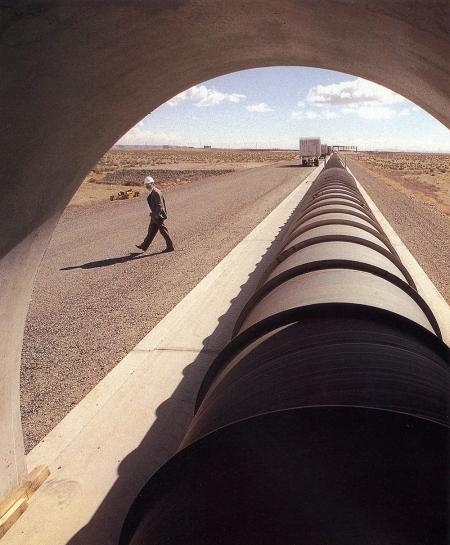Cosmic 'Nuclear Pasta' May Be Stranger Than Originally Thought
An artist's impression of a neutron star. The cosmic object's 'nuclear pasta' would be located between the crust and the outer core of the neutron star. Credit: NASA/Dana Berry
The crusts of neutron stars — cosmic cousins of black holes — possess a weird form of matter known as "nuclear pasta."
Now, scientists have found that nuclear pasta may be even stranger than previously thought, forming defects that bond pieces together into complex, disorderly shapes. This complex nuclear pasta could ultimately doom the powerful magnetic fields seen from neutron stars, researchers say.
A neutron star, like a black hole, is a remnant of a star that died in a catastrophic explosion known as a supernova. Neutron stars are typically small, with diameters of about 12 miles (19 kilometers) or so, but they are so dense that a neutron star's massmay be about the same as that of the sun. A chunk of a neutron star the size of a sugar cube can weigh as much as 100 million tons, making neutron stars the densest objects in the universe besides black holes.
See full text
_0_o.jpg)
